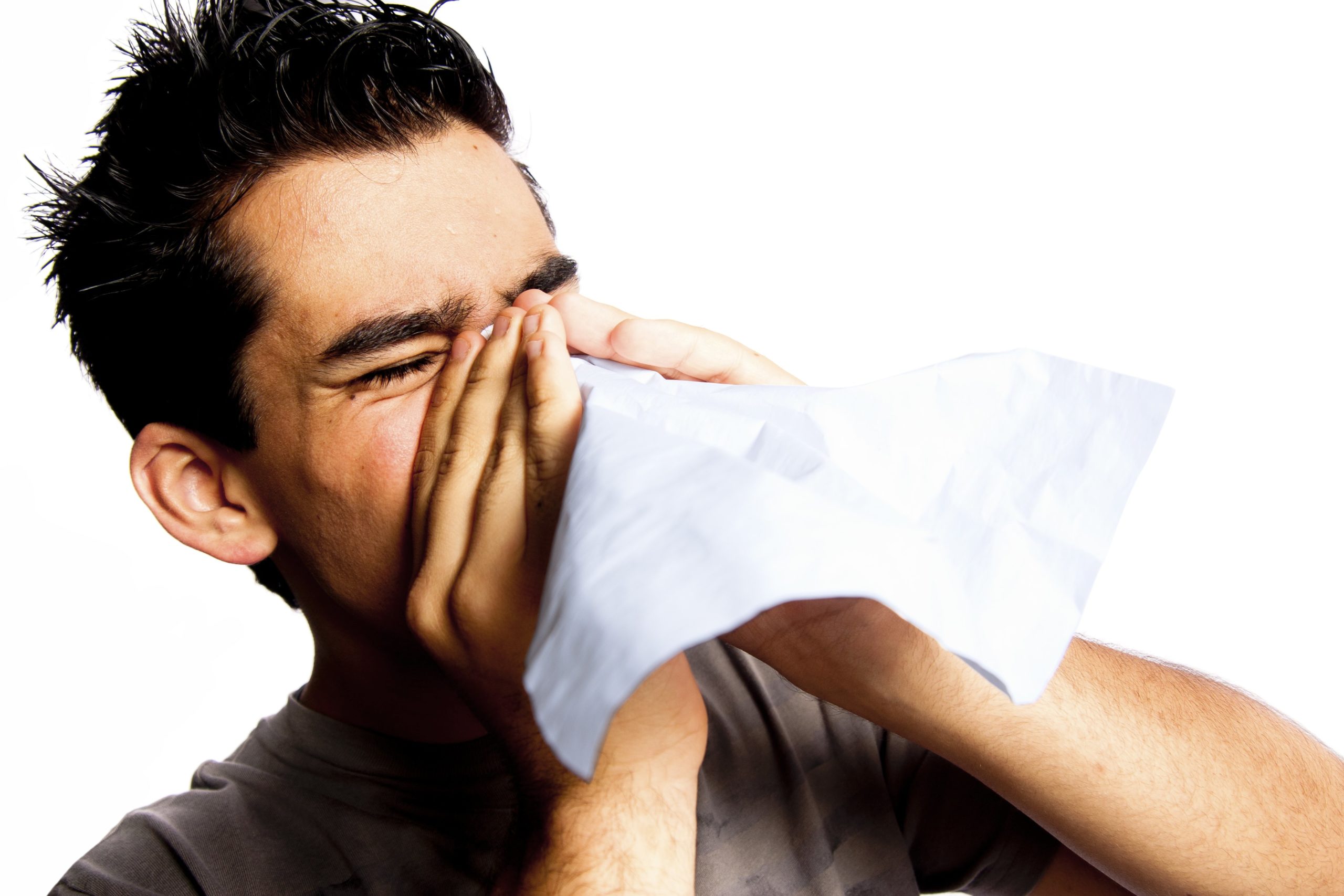Are you taking precautions? This season many people are getting sick. A few weeks ago, I felt like I was hit by a truck. Joint pain, coughs, fevers, alternating chills and fever, no appetite, lethargic. So, I made my way to a convenient care site and was swabbed positive with the flu.

O, boy! I had never had the flu before. The cons of having the flu are being miserable, but the pros are that I lost seven pounds and look amazing! LOL. Because I am being very cautious with my elderly mama (who had a cough for a few weeks) I took her to get checked out. Thankfully, she was negative for the flu or pneumonia. Did that make me feel better? Nope. I still took desperate measures, including buying a humidifier, increasing her supplement and vitamin intakes, increasing her fluid intake, making sure she washed her hands frequently, and ate very well.
Yet a week later we ended up going to the emergency room. We waited in the waiting room filled with coughers and sneezers, people with broken bones, pre-stroke patients…and after six hours of waiting, she finally got to see a doctor. My mama’s diagnosis? Critically low sodium and needing to be hospitalized for two days.
I had to laugh at this one and of course, I cried a bit. I felt in a way this was my fault. As a health care practitioner who is either in school, or who has been practicing medicine for more than a decade, I did all the things necesary to cross the T’s and dot the I’s. But I did not see this one coming.
My mom was still swabbed negative for any virus on the panel, cleared from pneumonia, and the lab work came out spectacularly negative for flu, or any other ailments for a little ’ole Asian lady. Critically low sodium…my mom looked at me through her cute big eyes and knew what she had done. On top of her normal intake of three liters of water, she did not take into account her fluid intake from food or other sources. So basically she overly hydrated herself and diluted the sodium in her body.
As DC, ND or acupuncture students, we are practicing to be well-rounded practitioners. We ask patients about their diet, habits, current symptoms, and any extra exposure that could contribute to their primary chief complaint. When you go to see any health care practitioner, they perform the same ritual we do at our student clinic on campus at National. We wash our hands, assess the patient, and then upon leaving the room, we wash our hands again. “Hand hygiene is the primary measure proven to be effective in preventing HCAI and the spread of antimicrobial resistance.” But how much preventative action is too much or too little?
I know I took overly extreme measures to protect my mom. (I might as well have put her in a bubble!). I am glad about the knowledge that I have gained from previous experiences as a health care practitioner and that I’m able to utilize my academic and clinical experiences. We all want to be there for our loved ones, as well as those patients who come to us for help.
In the end, the main focus—even if we know the outcomes or future—is to let things take their course. A virus took me down, but then it also taught me a lesson: to take a break. I was working long hours, plus going to school and working in the clinic. I forgot to take time for me. So, the universe said rest. And I did.




0 Comments